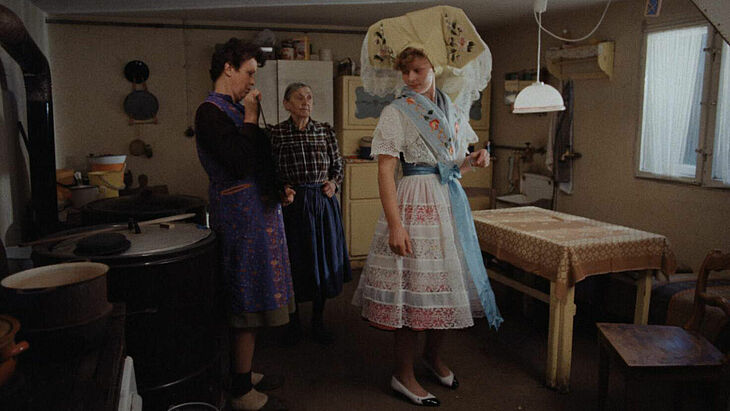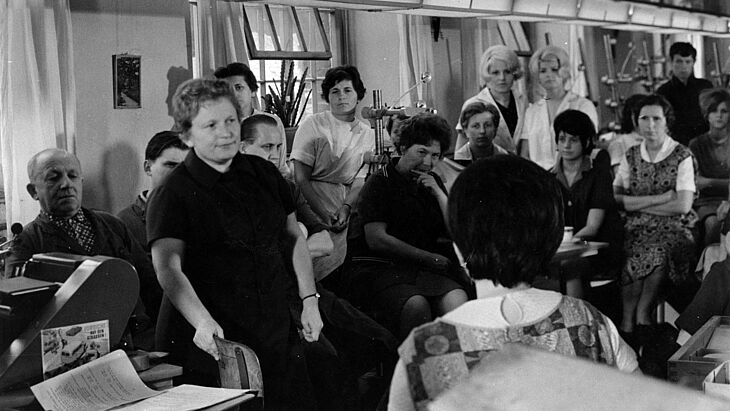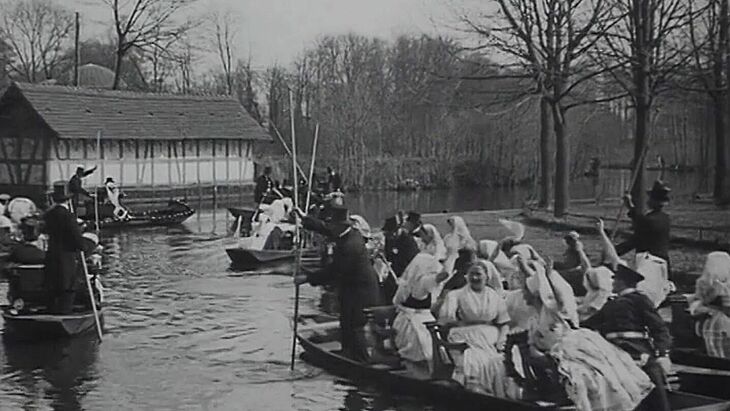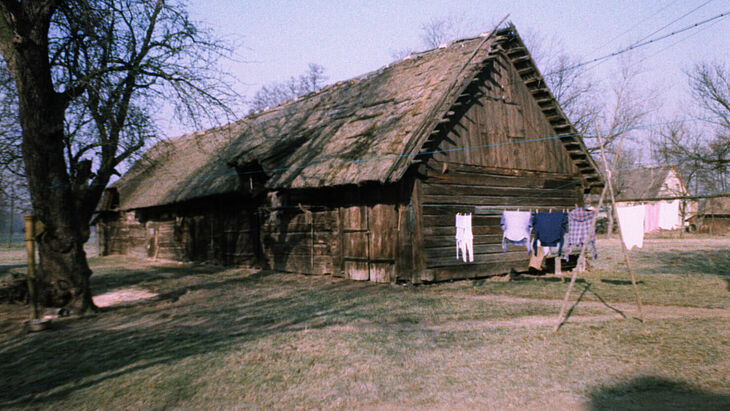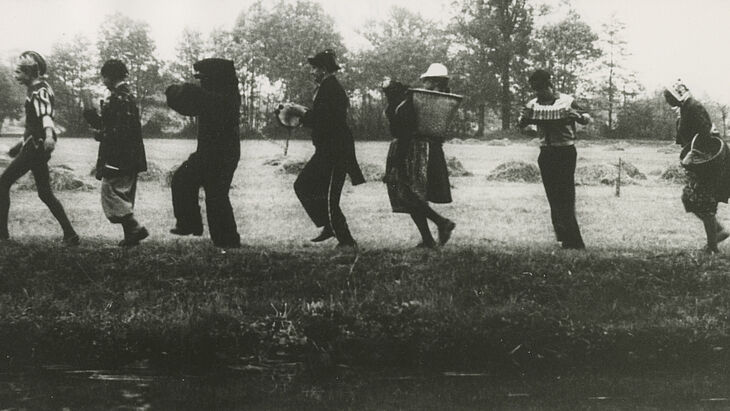Sorbian Cinematic Landscapes
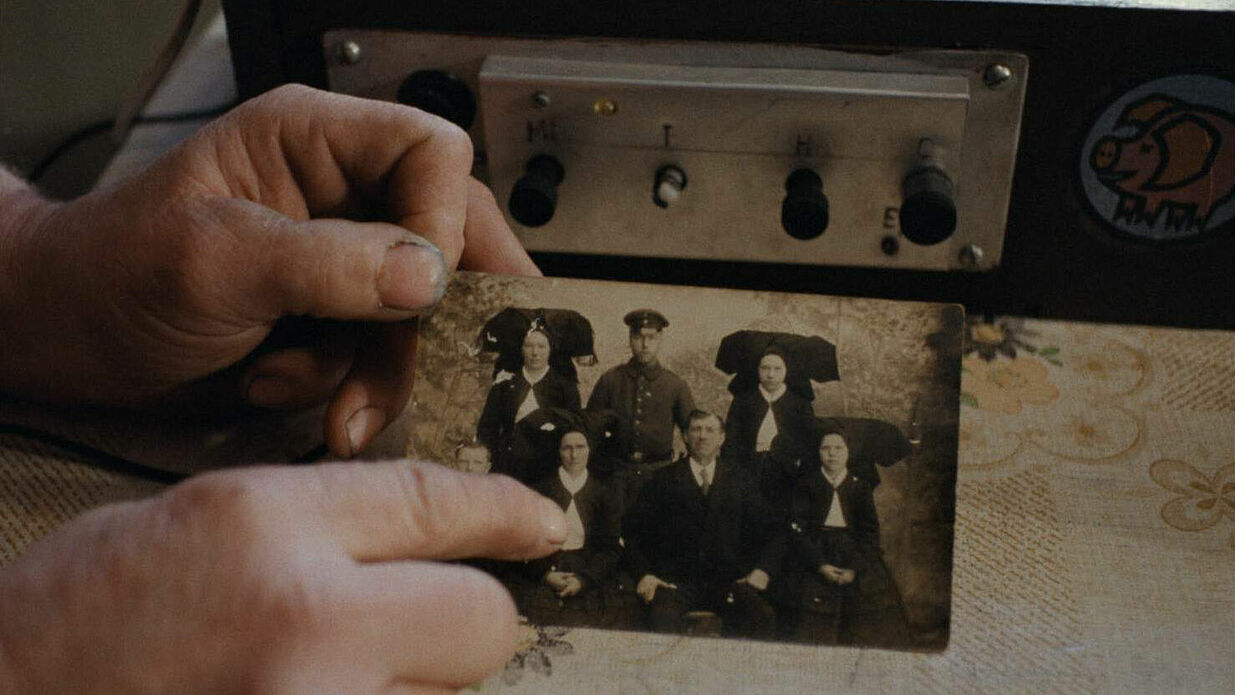
Lusatia, south of Berlin, is home to one of four recognized indigenous national minorities in the Federal Republic of Germany: the Sorbs, also known as Wends. They are the smallest Slavic people and have their own language and culture. Despite centuries of Germanization, the Sorbian people represented the majority of the population in Lusatia until well into the 20th century, but the destruction of their villages by open-cast lignite mining has greatly reduced their living space. The number of Sorbian speakers is decreasing, Sorbian culture and identity are under threat.
The visibility of Sorbian film culture and interest in Sorbian film history is in no better condition. Although Sorbians were already in front of and behind the camera at the beginning of the 20th century, film historiography has shown little interest in Sorbian film. The monograph Sorbische Filmlandschaften / Serbske filmowe krajiny by film and cultural scholars Grit Lemke and Andy Räder, recently published in the DEFA Foundation's publication series, responds to this shortcoming. Curated by the two scholars, this film series provides the first comprehensive overview of Sorbian filmmaking from the German Empire to the present day. The focus is on productions by the DEFA and the Babelsberg Film Academy from the years 1946 to 1992. Numerous films were made during this period, especially in the DEFA production group "Sorbian Film" ("Serbska filmowa skupina") in Bautzen/Budyšyn. From 1980 until the dissolution of DEFA, almost 40 films were produced in Upper and Lower Sorbian, most of which were also produced in German - a historically and internationally unprecedented promotion of the cinematic art of an ethnic minority or indigenous people.
The selection of films ranges from opulent feature films to classic cultural films, propagandistically colored or ethnographic documentaries to artistic documentaries and experimental forms by a new, self-confident generation of Sorbian filmmakers. It also revolves around questions of perspective. To what extent does the portrayal of Sorbian life follow an external, possibly colonial perspective? How important are internal perspectives? Do stereotypes play a role? Is Sorbian spoken? In addition to Sorbian film production at DEFA, topics include the oppression of the Sorbs during the National Socialist era and the resistance against it, especially by women, customs and traditions, national identity and the connection between ecological catastrophe and ethnic destruction. If available, the Sorbian versions of the films will be shown. (Grit Lemke, Andy Räder)
We would like to thank the Sorbian Cultural Archive at the Sorbian Institute in Bautzen, the Foundation for the Sorbian People, Domowina/Regionalverband Niederlausitz, the Archive of Everyday Culture of the Ludwig Uhland Institute for Empirical Cultural Studies at the University of Tübingen and the German Broadcasting Archive for their support.

